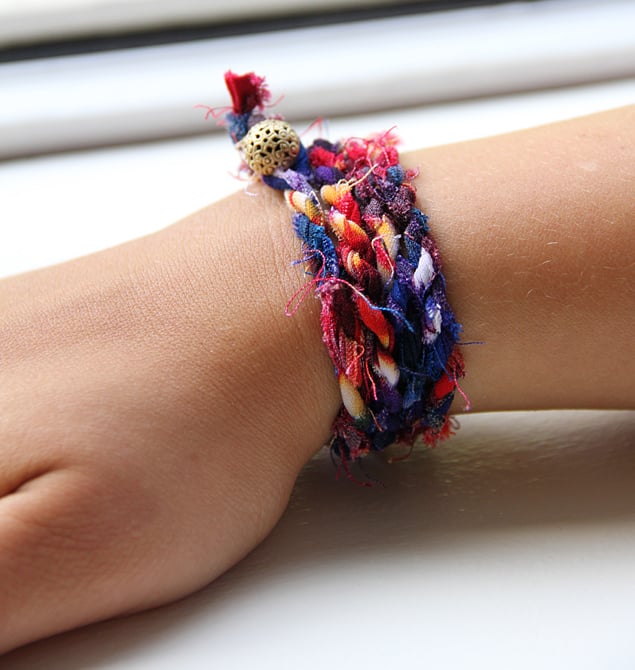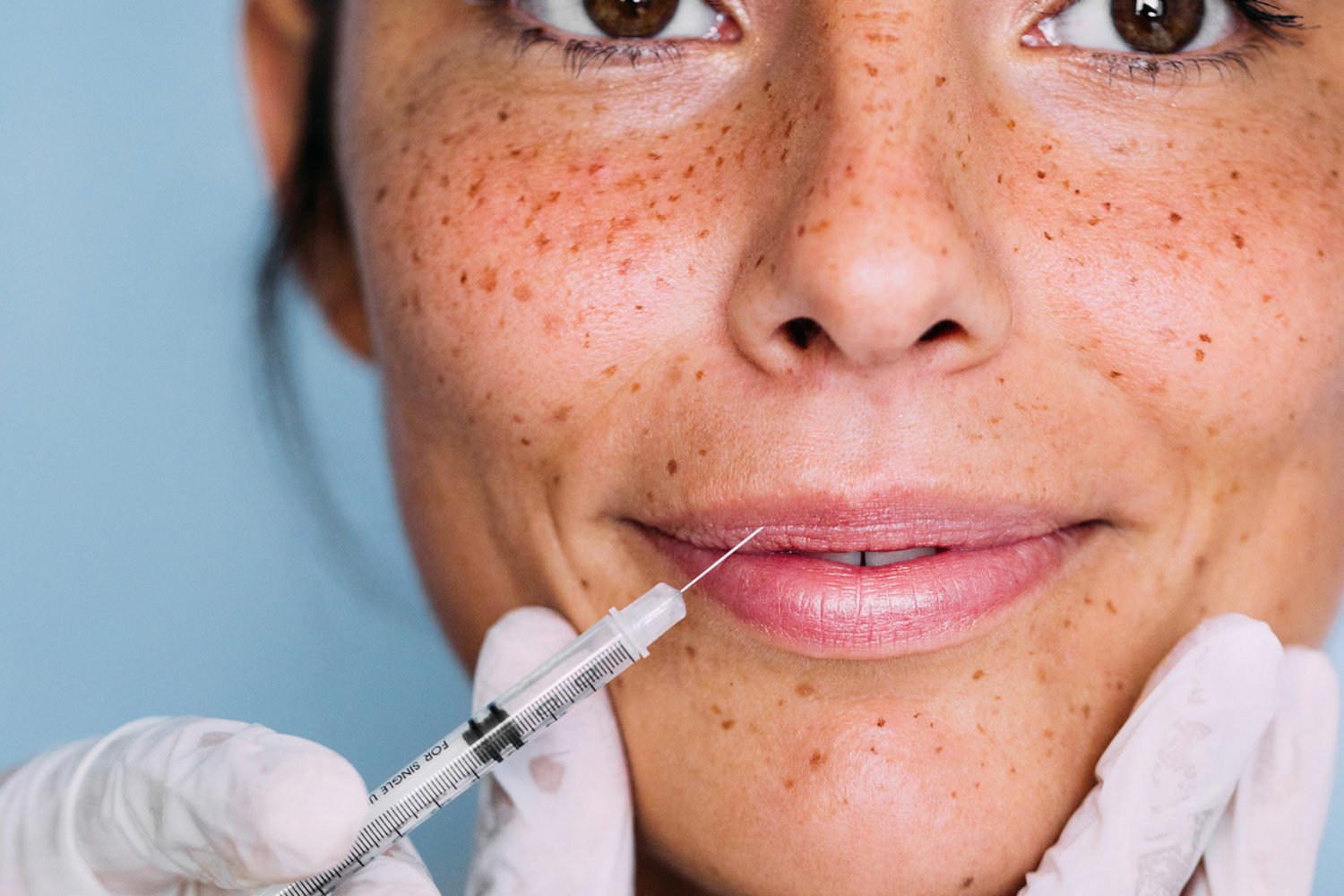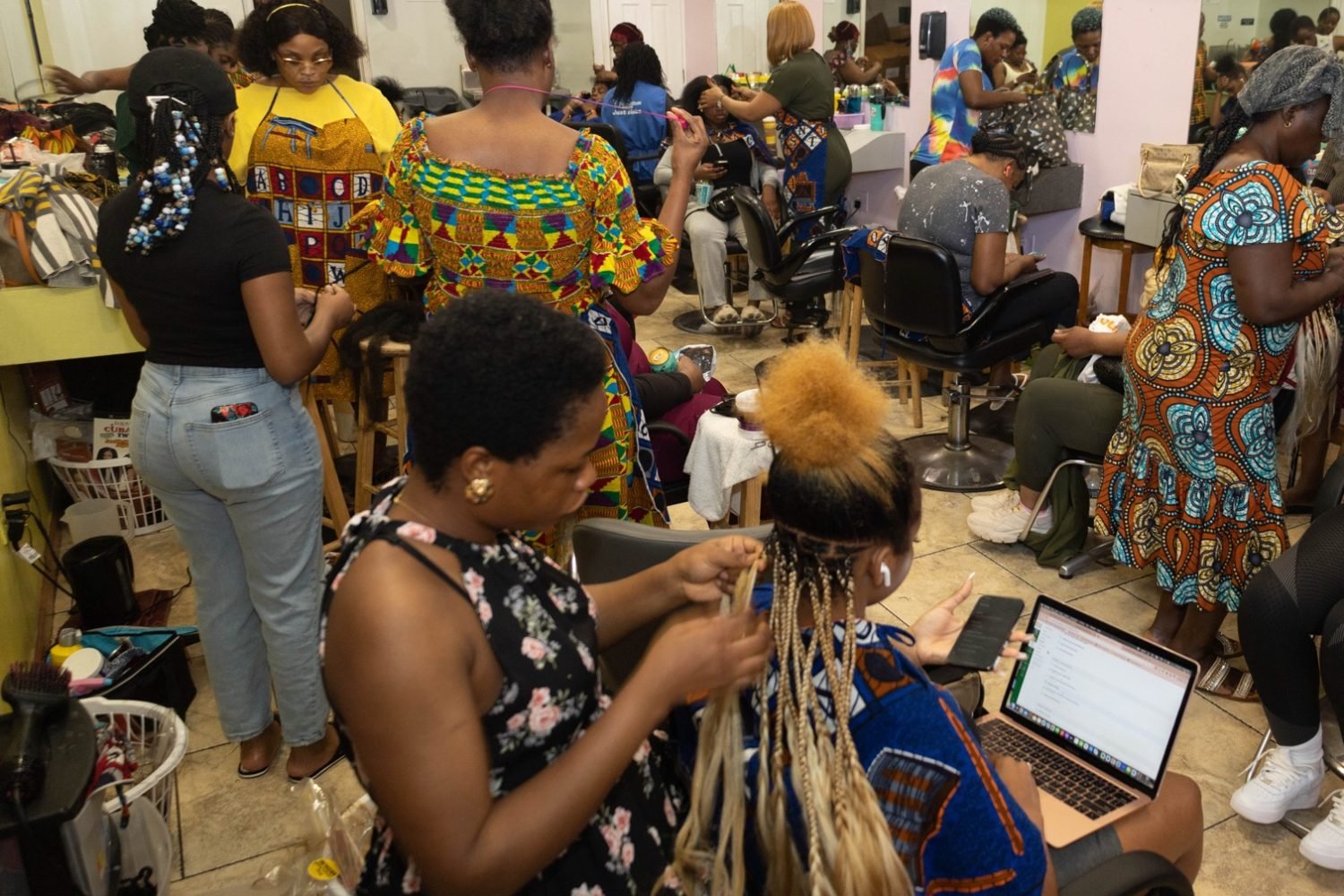As the summer is winding down, do you notice your skin isn’t looking as good as usual? Summer sun, salt water, chlorine, sand, and wind can all lead to dull, splotchy and discolored skin. To protect itself from the elements, the skin responds by increasing the surface layer of dead skin cells. The result is dull, somewhat dry and “weathered” looking skin that lacks radiance.
In addition to increasing the risk of skin cancer, excessive sun exposure causes an almost immediate increase in freckles, sun spots, and overall discoloration. Although summertime fun can be a little rough on the skin, here are some good tips to get your skin back on track for the fall.
Update your skin care.
Once the summer is over, alternating the use of a retinol containing product and a glycolic acid containing product at night on the face will help reduce some of the effects of the summer on the skin. Glycolic acids gently exfoliate the dead skin cells, which is needed because the dead skin layer may have thickened over the summer. Retinols help to stimulate collagen along with other anti-aging effects. By alternating the two at night, I find most people get the benefit of both ingredients without excessive irritation. Finally, use a good, thick moisturizer on top. The ability of the skin to maintain hydration can be damaged by summer activities, so use a moisturizer made specifically to support the barrier of the skin at night.
Peel it off!
Chemical peels are a great way to freshen up the skin after the summer. By removing part of the dead skin layer, peels can improve skin radiance and lighten discoloration. The choice of chemical peel is based on the level of sun damage and the needs of the patient. For instance, if someone has some sun damage and acne too, they may want to consider a peel called Vitalize. It gently removes dead skin and penetrates pores with a strong acne-fighting agent. After a series of Vitalize peels, the skin should look fresh, more even-toned and less broken out. For more severe sun damage, a trichloroacetic acid (TCA) peel may be indicated because it treats more deeply in the skin. Talk to your derm about the recovery time, which usually ranges from three to five days, depending on the type of peel.
Invest in laser treatments.
Lasers have been used successfully on the skin for over 20 years to treat the signs of sun damage. Today, there are many laser options from which to choose, depending on the severity of the sun damage, other skin conditions (such as broken capillaries, freckles or sun spots, large pores, etc.) and the lifestyle of the patient. One of my favorite treatment combinations for an after-summer spruce up includes alternating BroadBand Light (BBL) with Clear and Brilliant (C+B) laser treatments. The BBL is used to address broken capillaries and brown spots, while the C+B improves texture and pores.
The treatments are alternated at one month intervals and there is little (usually one to two days) recovery. The minimal redness and swelling after treatment is usually easily covered with makeup. For people with more extensive sun damage and actinic keratosis (small, pre-cancerous dry skin patches), the best laser option is called the Fraxel Dual. This particular laser is intended to help both the look of the skin and reduce the number of actinic keratosis on the face.
Take a good, hard look at your skin.
If you haven’t had a full skin exam by a dermatologist in a while, the fall is a great time to do it. Scientific studies have shown that strong sun exposure seems to cause a slight immune suppression within the skin, which may allow skin cancer to grow and flourish. So not only may excessive ultraviolet exposure cause DNA damage that leads to a higher skin cancer risk in the future, but then a strong dose of summer sun may also allow early skin cancers to grow more easily. Talk about adding gasoline to a fire! Now is an important take the time to look at your skin. If you notice a new growth or any of your existing spots changing in size, shape, color or start to bleed easily, show it to your dermatologist right away.
Dr. Elizabeth Tanzi is Founder and Director of Capital Laser & Skin Care and Clinical Professor of Dermatology at the George Washington Medical Center.



















